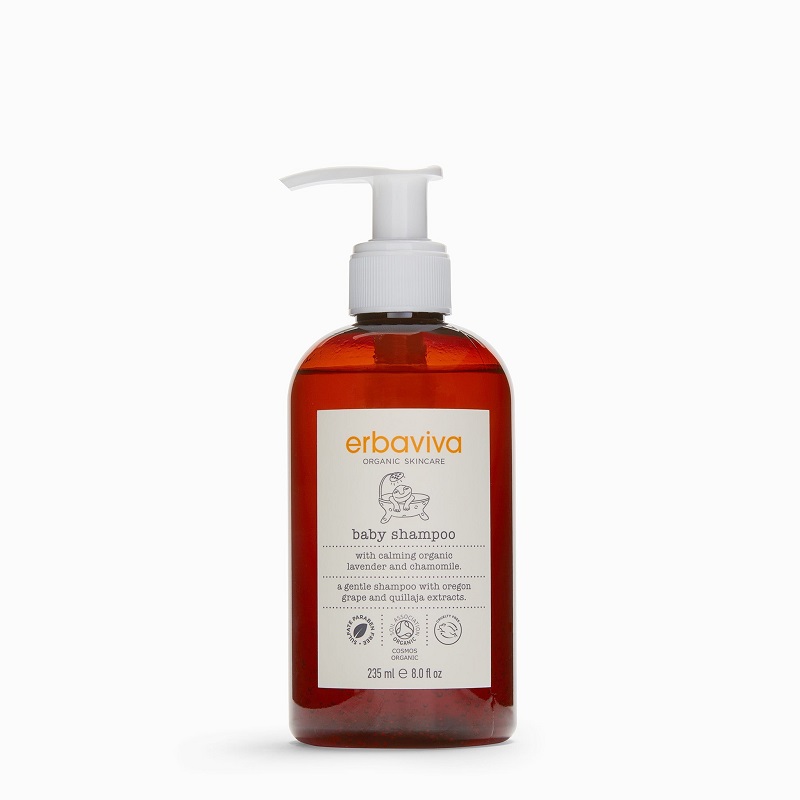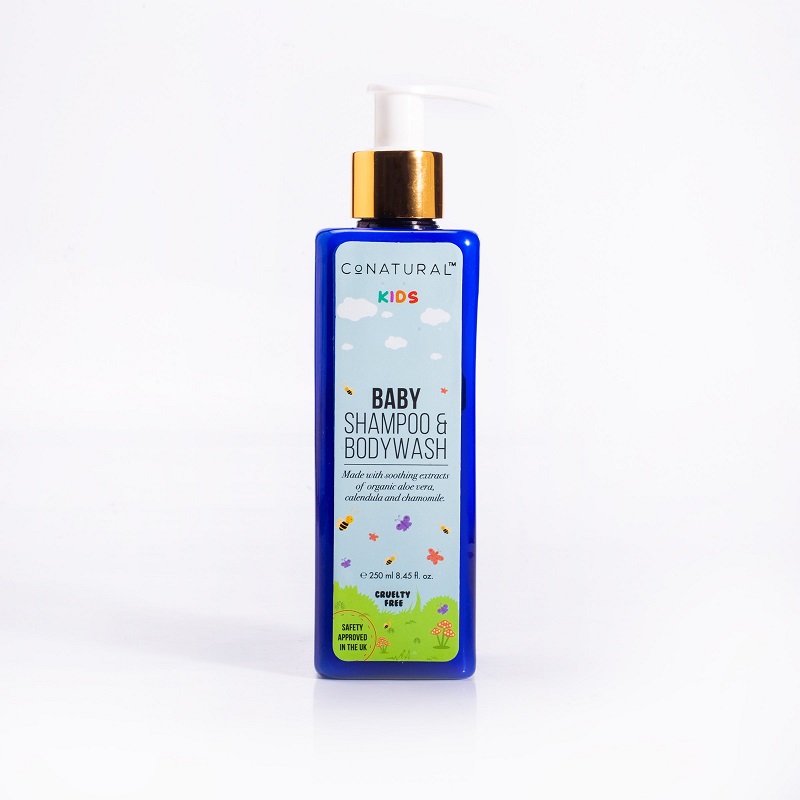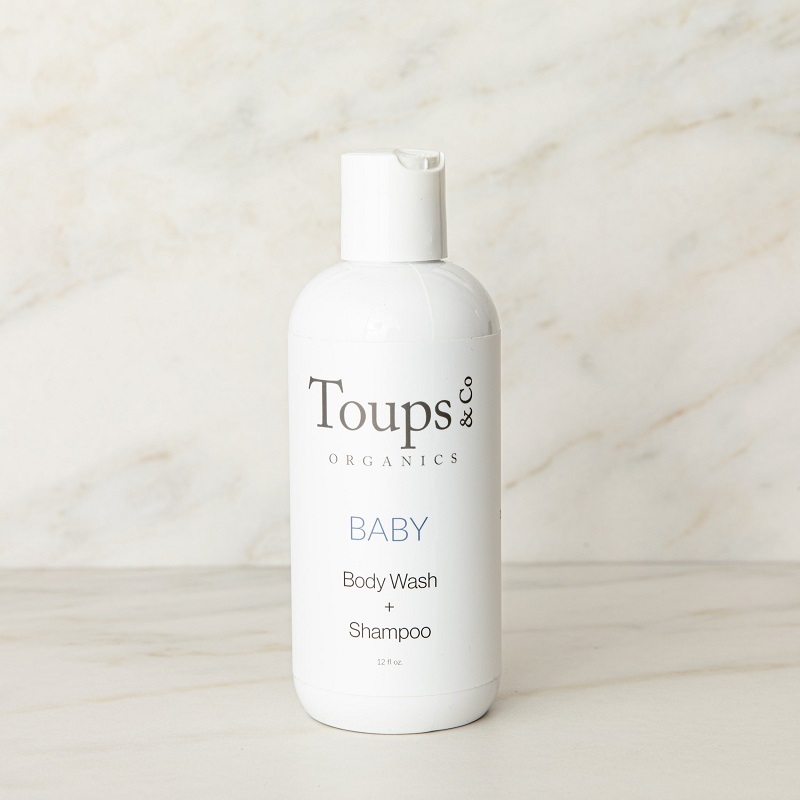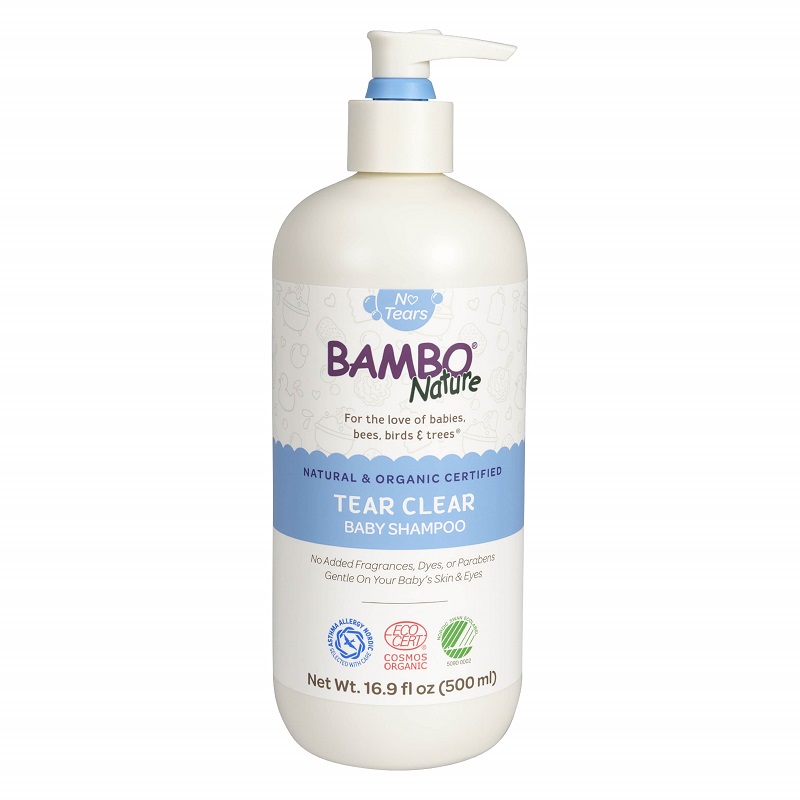When it comes to caring for your baby’s delicate skin and hair, selecting the right shampoo is crucial. With so many products on the market, it can be challenging to discern which ones are truly natural and safe for your little one. This guide will explore what to look for when choosing the right natural baby shampoo, focusing on ingredients, formulations, and safety considerations.
Understanding the Importance of Natural Ingredients
Why Choose Natural Baby Shampoo?
Natural baby shampoos are formulated with gentle, plant-based ingredients that are less likely to irritate a baby’s sensitive skin compared to conventional shampoos. Many mainstream shampoos contain harsh chemicals, sulfates, and artificial fragrances, which can disrupt a baby’s delicate skin barrier and lead to rashes or allergic reactions. By opting for natural alternatives, parents can ensure their baby’s hair and scalp remain healthy without exposure to potentially harmful substances.
Common Chemicals to Avoid
When choosing a baby shampoo, it’s essential to be aware of the common chemicals found in many products. Sulfates, such as sodium lauryl sulfate (SLS) and sodium laureth sulfate (SLES), are often included in shampoos for their foaming properties but can strip natural oils from the hair and scalp. Parabens, synthetic fragrances, and artificial colors are other ingredients to avoid, as they may cause skin irritation or have long-term health effects. Familiarizing yourself with these chemicals helps make informed choices for your baby’s hygiene.

Key Ingredients to Look For in Natural Baby Shampoo
Gentle Cleansers
Natural baby shampoos should include mild surfactants that clean without stripping away essential oils. Look for products that feature plant-derived cleansers like coconut-derived surfactants or decyl glucoside. These ingredients provide a gentle lather while being effective in removing dirt and oil from your baby’s hair and scalp.
Moisturizing Agents
For optimal hair health, choose shampoos that contain moisturizing agents. Ingredients like aloe vera, shea butter, or chamomile extract are excellent options that help soothe and hydrate the scalp. Moisturizing ingredients not only nourish your baby’s hair but also prevent dryness and irritation, ensuring a comfortable bathing experience.
Formulations to Consider
Tear-Free Formulas
One of the most significant concerns for parents is finding a shampoo that won’t cause tears during bath time. Look for tear-free formulas specifically designed to be gentle on the eyes. These products typically exclude harsh surfactants and instead utilize milder ingredients, making bath time a more enjoyable experience for both you and your baby.
2-in-1 Shampoos and Body Washes
Some parents prefer the convenience of 2-in-1 shampoos and body washes, which combine cleansing for both hair and skin. While these products can be convenient, ensure that they remain gentle and free from harsh chemicals. A good 2-in-1 product should not compromise on quality; it should still contain natural, soothing ingredients suitable for your baby’s delicate skin.
Safety Considerations When Choosing Baby Shampoo
Hypoallergenic Options
For babies with particularly sensitive skin or a history of allergies, hypoallergenic shampoos are an excellent choice. These formulations are designed to minimize the risk of allergic reactions, often excluding common allergens and irritants. Always check for certifications or labels indicating the product’s hypoallergenic nature when shopping.
Dermatologist-Tested Products
Another way to ensure safety is to choose shampoos that are dermatologist-tested or pediatrician-recommended. These products have undergone rigorous testing to evaluate their suitability for sensitive skin. While this does not guarantee a reaction-free experience, it significantly reduces the risk for your little one.

Packaging and Environmental Considerations
Eco-Friendly Packaging
As parents become more conscious of environmental issues, many seek shampoos packaged in eco-friendly materials. Look for brands that use recyclable or biodegradable packaging. This not only reduces waste but also sets a positive example for your child about caring for the planet.
Sustainable Sourcing of Ingredients
In addition to eco-friendly packaging, consider shampoos made from sustainably sourced ingredients. Brands that prioritize ethical sourcing often contribute to better environmental practices and support local communities. Researching a brand’s practices can help you align your purchases with your values regarding sustainability.
The Role of Fragrance in Baby Shampoo
Natural vs. Synthetic Fragrances
While fragrance can enhance the bathing experience, it’s crucial to differentiate between natural and synthetic fragrances. Natural fragrances derived from essential oils can offer pleasant scents while providing additional benefits, such as calming properties. On the other hand, synthetic fragrances can contain numerous undisclosed chemicals, potentially leading to skin irritation. Opt for shampoos that use natural essential oils for fragrance rather than synthetic alternatives.
Unscented Options
If your baby has particularly sensitive skin or allergies, unscented shampoos may be the best option. These products eliminate the risk of fragrance-related irritation, allowing you to focus solely on the shampoo’s cleansing and moisturizing properties. Always check the label to confirm that “unscented” means the product contains no added fragrances, even if they are natural.
Reading Labels Effectively
Understanding Ingredient Lists
Learning to read ingredient labels effectively is key to selecting the right natural baby shampoo. Familiarize yourself with the various names for common ingredients to avoid and those that are beneficial. Many brands now highlight their key ingredients on the front label, but always check the full list for transparency.
Recognizing Certifications
Look for certifications that indicate a product meets specific natural or organic standards. Certifications from organizations like the USDA Organic or Ecocert can provide peace of mind that the product adheres to certain guidelines and contains a minimum percentage of organic ingredients. These certifications can be helpful in navigating the vast array of products available.

Price vs. Quality: Finding the Right Balance
Budget-Friendly Natural Options
Natural baby shampoos can vary widely in price, and it’s essential to find options that fit your budget without sacrificing quality. Many affordable brands offer effective, natural solutions without the high price tag. Research and compare brands to discover budget-friendly products that still meet your safety and ingredient standards.
Premium Choices and Their Benefits
On the flip side, premium natural baby shampoos often come with enhanced formulations and benefits. These products might contain higher concentrations of active ingredients or unique blends that cater to specific needs, such as extra hydration or soothing properties. Investing in a premium product can be worthwhile for parents seeking the best for their baby’s hair and scalp health.
Transitioning to Natural Baby Shampoo
Making the Switch Gradually
If you’re transitioning from a conventional baby shampoo to a natural alternative, consider doing so gradually. Start by mixing a small amount of the new shampoo with the old one, gradually increasing the ratio over time. This approach can help your baby adjust to the new formulation while minimizing any potential disruptions to their routine.
Monitoring Reactions
As you introduce a new shampoo, keep an eye on your baby’s skin and scalp for any adverse reactions. Monitor for signs of irritation or discomfort, and discontinue use if any issues arise. This attentive approach ensures that your baby adapts well to the new product, allowing you to make informed choices moving forward.
Conclusion: Prioritizing Your Baby’s Hair Care
Choosing the right natural baby shampoo involves careful consideration of ingredients, formulations, and safety aspects. By understanding what to look for—such as gentle cleansers, moisturizing agents, and hypoallergenic options—you can make informed decisions that prioritize your baby’s health and comfort. Remember to read labels, consider environmental factors, and choose products that align with your values. In doing so, you’ll not only care for your baby’s delicate hair and skin but also contribute to a healthier planet for future generations.
